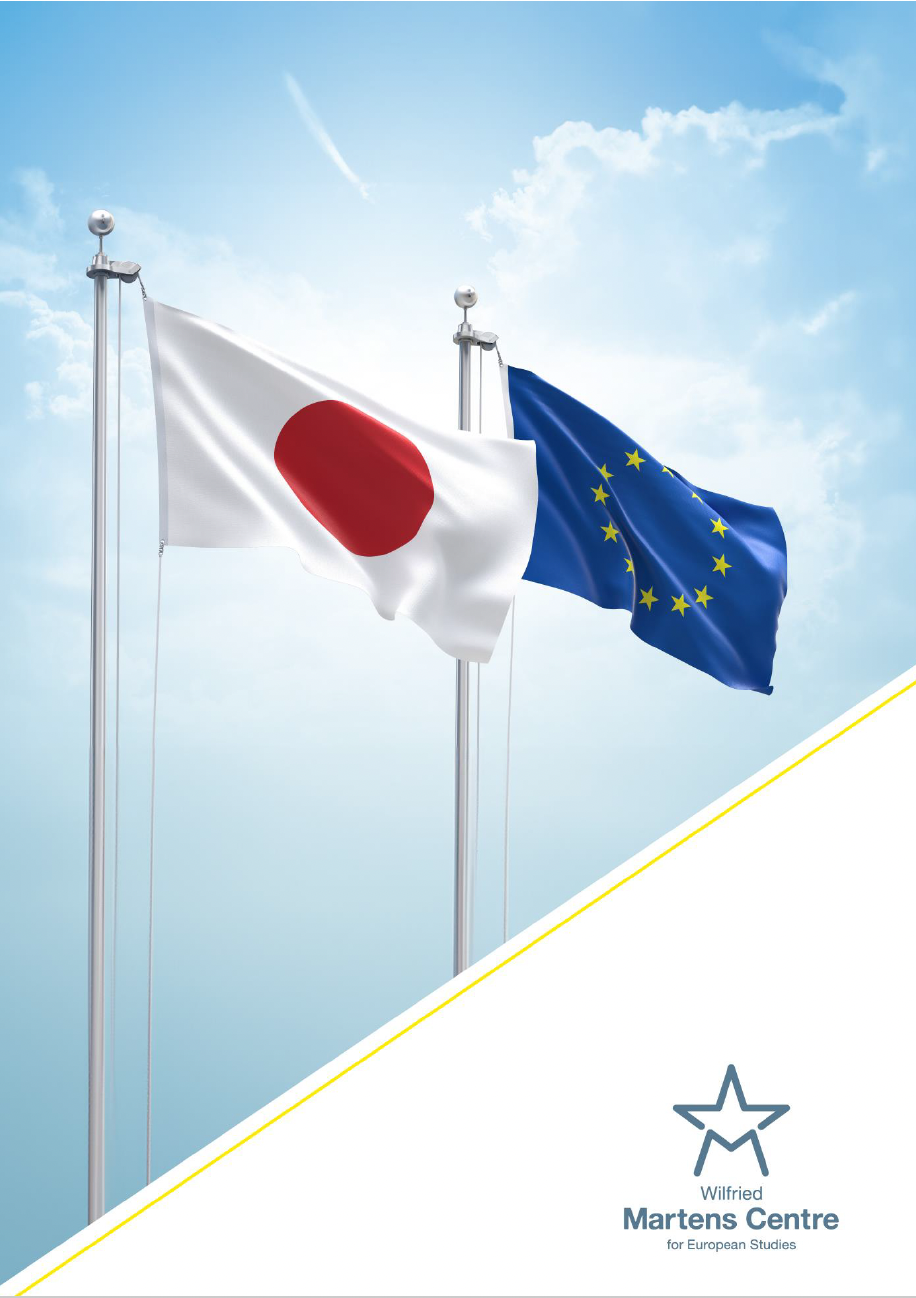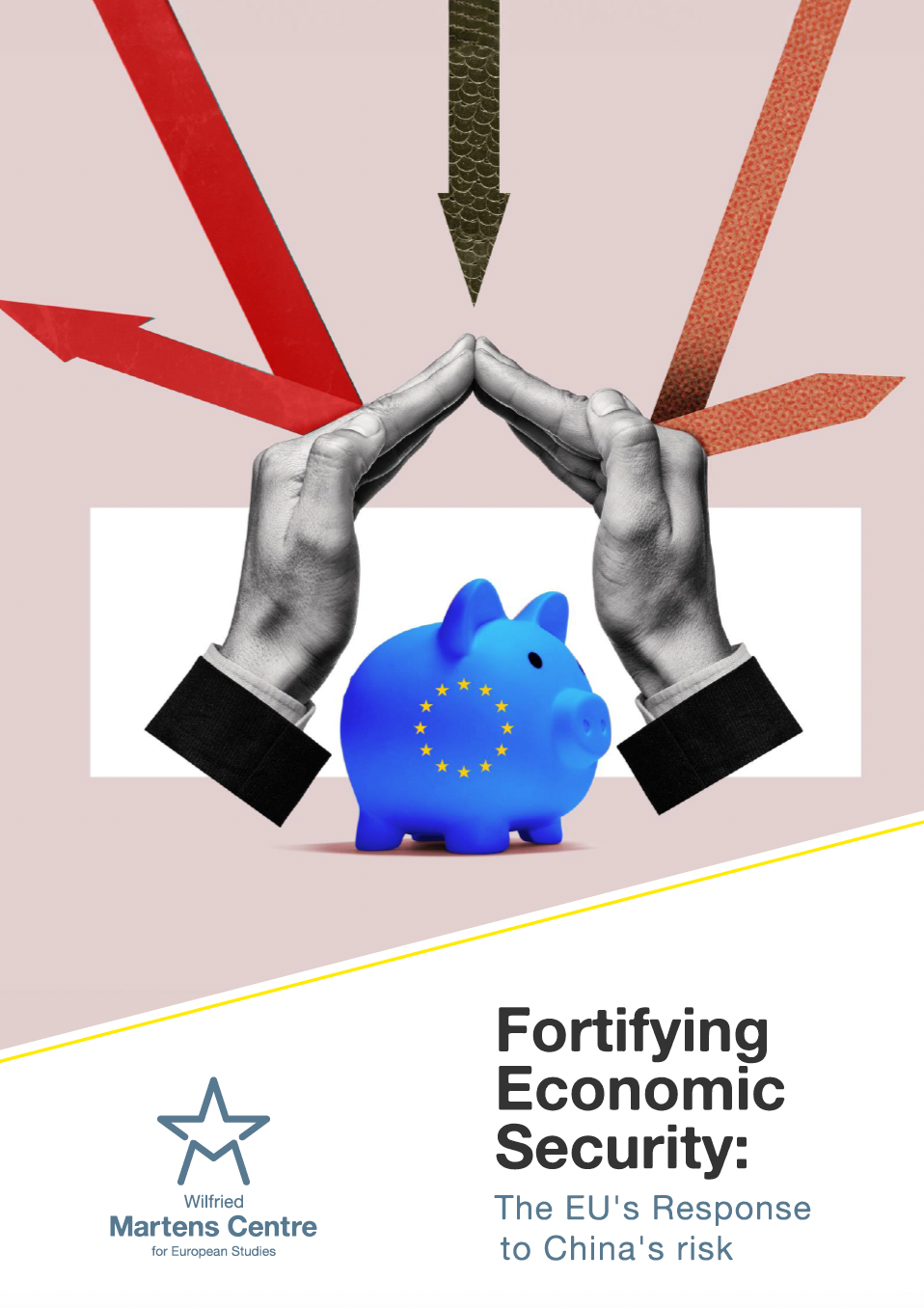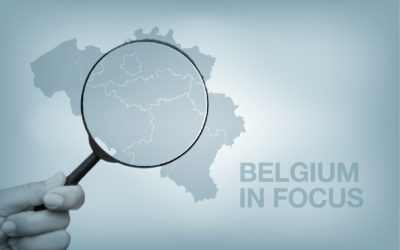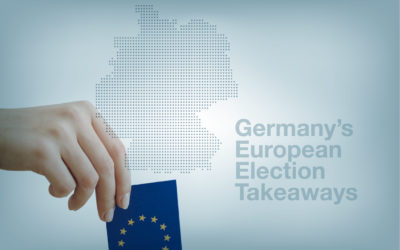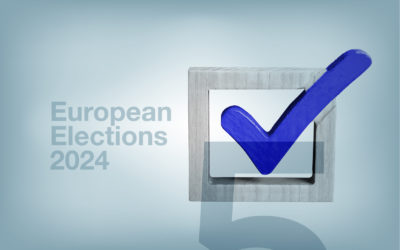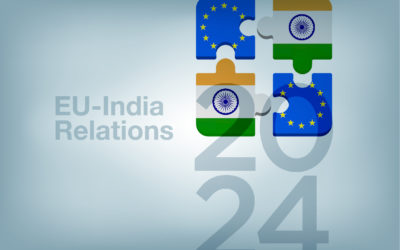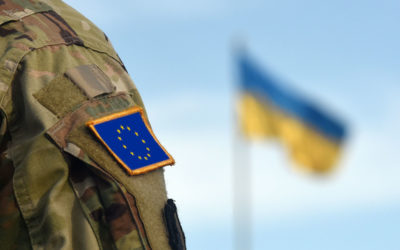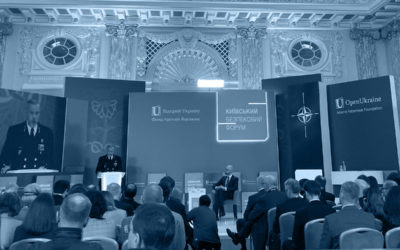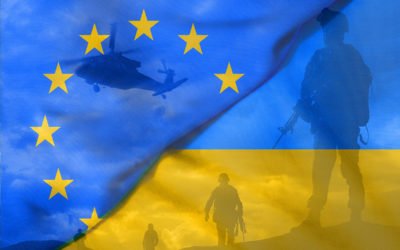The European Security and Defence Union: how should it look like?
30 October 2017
Since 2015, the European Union (EU) has been discussing the idea of creating a European Security and Defence Union (ESDU). Although details are scarce, this means deepening cooperation between EU member states in the area of security and defence beyond what is currently done within the framework of the Union’s Common Security and Defence Policy (CSDP).
ESDU: where we are so far
The current discussion is driven by a recognition that the EU needs to do more in the area of security and defence. Three developments in particular have pushed ESDU to the top of the Union’s agenda. Firstly, its failure to deal with the 2011 Libya crisis and the 2014 Ukraine crisis without the United States (US).
Secondly, the United Kingdom’s (UK’s) decision to leave the EU, or ‘Brexit’, which means that the Union will lose its strongest military power and the main obstacle for deeper defence cooperation.
Thirdly, concerns about America’s willingness to defend its European allies under President Donald Trump in all circumstances.
ESDU is not a new idea. It was first discussed during the Convention on the Future of Europe (CFE), which drafted the EU’s failed constitution in 2001-2003. During the CFE, France and Germany called for developing an ESDU on the grounds that ‘a Europe fully capable of taking action’ was not feasible without ‘enhancing its military capabilities’.
The idea was also raised in April 2003 by France, Germany, Belgium, and Luxembourg. At the time, however, ESDU did not gain steam because Atlanticist EU member states—notably the UK—saw it as an attempt to undermine the North Atlantic Treaty Organization (NATO). Although the European Parliament (EP) brought up ESDU again in 2006, the idea remained more or less buried until 2015-2016.
The current ESDU discussion differs from the 2002-2006 one because there is now much broader support for it. Since 2016, the European Commission, the European External Action Service (EEAS), the EP, the Council of the EU, and various EU member states have expressed support for the ESDU.
The European People’s Party (EPP), which has been leading the debate on EU defence since 1992, called for an ESDU ‘worthy of that name’ in June 2015. Germany’s 2016 security policy white paper also mentioned that achieving ESDU is Berlin’s ‘long-term goal’.[1] Furthermore, Commission President Jean-Claude Juncker’s 2017 State of the Union address stated that the EU needs ‘a fully-fledged European Defence Union’ by 2025.
Practical implications
Although the idea of ESDU is gaining momentum, the current discussion has included surprisingly few details on what it would mean in practice as most of what has been said in public is vague. The Commission’s June 2017 Reflection Paper on the Future of European Defence, for example, notes that an ESDU ‘will require joint decision-making and action, as well as greater financial solidarity at European level’; and that an ESDU ‘would be premised on the global strategic, economic and technological drivers, as well as a political push from European citizens for common European security and defence’.[2] This is hardly a blueprint.
In all likelihood, ESDU will be a form of Permanent Structured Cooperation (PESCO) under articles 42(6) and 46 of the Treaty on EU (TEU). PESCO enables those member states ‘whose military capabilities fulfil higher criteria and which have made more binding commitments to one another in this area with a view to the most demanding missions’ to deepen their cooperation in the area security and defence beyond what some of their partners might be comfortable with.[3]
Essentially, it would mean the creation of a defence ‘avant-garde’, ‘core group’, ‘pioneer group’ or ‘Eurozone’.
If ESDU will be a “defence Eurozone”, what would be its “euro”? In other words, what would be the qualities that would distinguish ESDU members from non-members? The most detailed ESDU blueprint that the EU has so far produced has come from the EP.
In a 2016 resolution, the Parliament expressed that an ESDU should, inter alia, offer guarantees and capabilities to EU member states beyond their individual ones, create a Council format for defence ministers, and turn the Subcommittee on Security and Defence (SEDE) into a full committee.[4] These are all good ideas, which should be implemented in their own right.
A new blueprint
However, such reforms are mainly about fine tuning the EU’s existing institutional structure. While this might improve the EU’s ability to respond to threats, they would not generate the types of capabilities that would be needed to protect European citizens and their territory.
As the 2016 EPP Paper on Security and Defence states, this is the purpose of the EU’s Common Security and Defence Policy (CSDP). Given that it should also be the main purpose of ESDU, it should be created around two main deliverables that would boost the EU’s ‘defence’ dimension: (1) an unqualified mutual defence commitment, and (2) a military Schengen area.
First, given that not all EU members are NATO members and therefore not under the protection of Article 5 of the North Atlantic Treaty, ESDU participants should commit to defend each other in the event that one of them becomes subject to armed aggression through all means in their power, including military force.
Although this sounds similar in tone to Article 42(7) of the Treaty on EU (TEU), the so-called mutual assistance clause, it is not. Article 42(7)’s mutual assistance commitment is rendered hollow by its second paragraph, which states that it ‘shall not prejudice the specific character of the security and defence policy of certain Member States’.[5] This means that the Article 42(2) can be interpreted in a highly subjective way. Thus, a genuine ESDU should include an unqualified mutual defence commitment.
Second, in ESDU, there should be minimal to no obstacles to moving military forces and equipment from one state to another. At the moment, such movement is hindered by various bureaucratic requirements, such as passport checks at some border crossings.
Furthermore, infrastructure problems, such as roads and bridges that cannot accommodate large military vehicles, create additional obstacles to the movement of military personnel and equipment in Europe. This is something that has also been called for by NATO, which means that it would also further boost EU-NATO cooperation.
Where do we go from here?
ESDU should be created around an unqualified mutual defence commitment and a military Schengen area. These would form the core of the new defence core group, or the “euro” of a “defence Eurozone”.
In addition, ESDU could include looser commitments, such as a commitment by the participating EU member states to invest a certain percentage of their Gross Domestic Product (GDP) in defence; and a commitment to improve the EU’s existing rapid response capabilities, particularly the battlegroups. However, given that such commitments could eventually be ignored, they should not form the backbone of an ESDU.
[1] Germany, Federal Government, White Paper 2016 on German Security Policy and the Future of the Bundeswehr (19 September 2016), 73.
[2] European Commission, Reflection Paper on the Future of European Defence, COM(2017) 315 (7 June 2017), 11, 14.
[3] Art. 42(6), Treaty on European Union (TEU).
[4] European Parliament, ‘European Parliament resolution of 22 November 2016 on the European Defence Union (2016/2052(INI))’.
[5] Art. 42(7), TEU.
ENJOYING THIS CONTENT?








